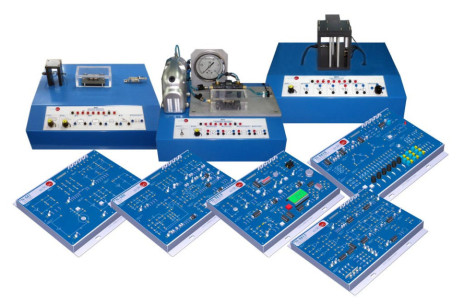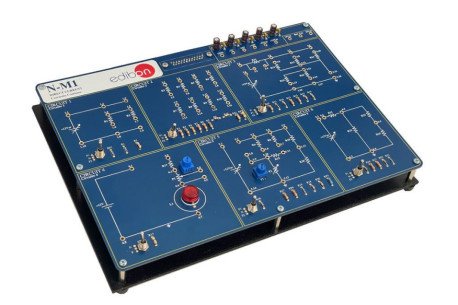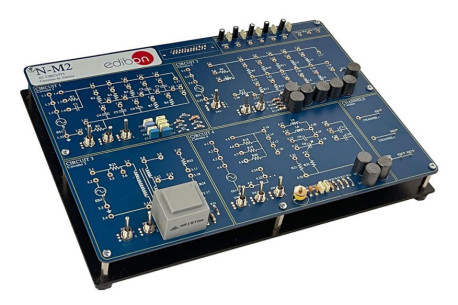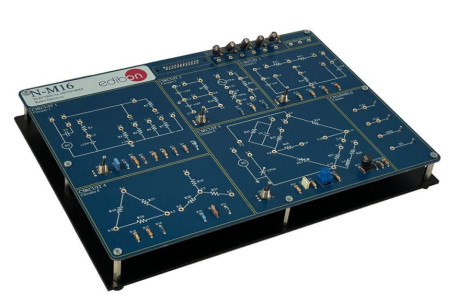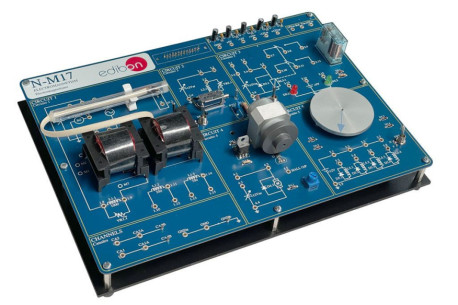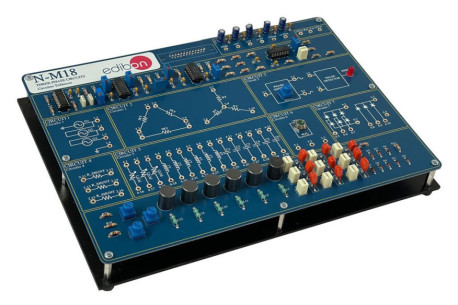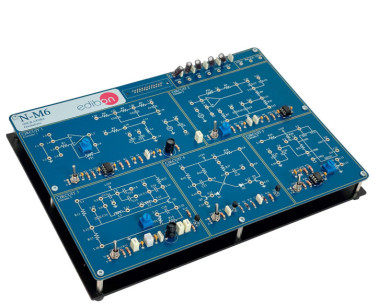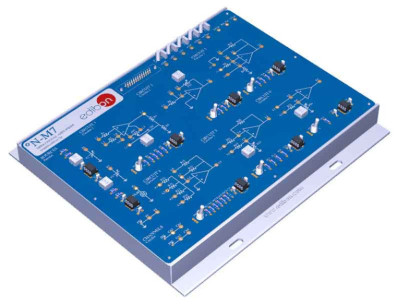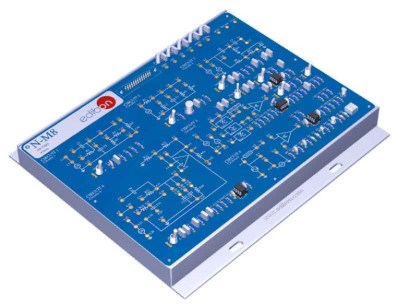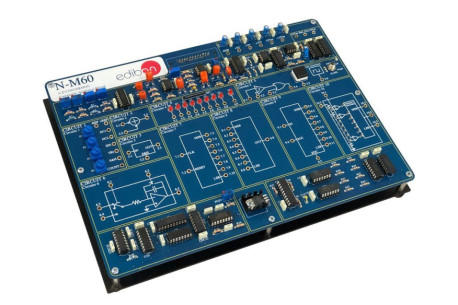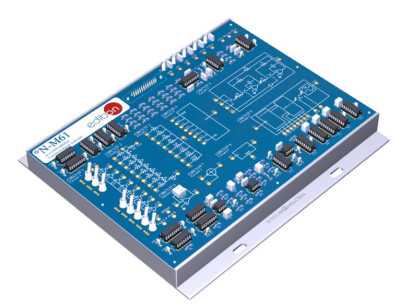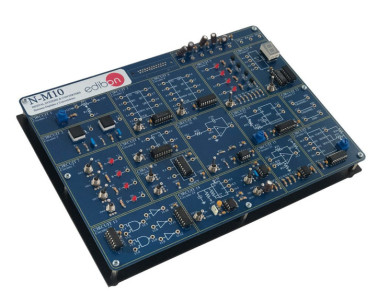UNTUK INFORMASI LEBIH LANJUT, HUBUNGI KAMI
14.2.- ELEKTRONIK BIOMEDIS
Teknik Biomedis mempelajari penerapan pengetahuan teknik dalam bidang biologi dan kedokteran. Salah satu bidang yang paling relevan dari teknik ini adalah Elektronik Biomedis, di dalamnya konsep elektronik diterapkan untuk pengembangan instrumentasi medis.
Lihat Lebih BanyakBanyak proses yang berkembang dalam dunia kedokteran saat ini membutuhkan dukungan dari Teknik Elektronika untuk memenuhi kebutuhan tertentu. Dari kombinasi elemen elektronik dasar, seperti resistor, kumparan, dan kapasitor, hingga sirkuit yang lebih kompleks untuk pengkondisian sinyal, konversi analog ke digital (A/D) atau emisi gelombang elektromagnetik memungkinkan desain perangkat yang mampu memperoleh informasi dari organisme atau menerapkan perawatan medis. Selain itu, teknik kontrol elektronik, seperti pengontrol PID atau jaringan saraf, memungkinkan untuk mengembangkan instrumentasi medis dan peralatan yang mampu menyediakan zat secara terkontrol atau menyeimbangkan reaksi kimia (stoikiometri) di laboratorium. Elemen lain, seperti tampilan kristal cair (LCD) atau tampilan LED, menawarkan konsumsi energi yang sangat rendah, apa membuatnya ideal untuk digunakan dalam perangkat medis portabel. Menggabungkan pengetahuan tentang kontrol dan instrumentasi elektronik klinis ini diperlukan untuk menafsirkan dan merancang sirkuit elektronik perangkat medis.
Masa depan Elektronik Biomedis berusaha meletakkan dasar untuk pengobatan masa depan, di mana perangkat elektronik dapat dengan cepat mendiagnosis pasien dan menerapkan terapi non-invasif seefisien mungkin. Selain itu, komponen elektronik akan semakin kecil dan bahan baru akan dikembangkan, memfasilitasi desain robot nano. Teknologi ini akan dapat mendiagnosis dan menangani pada tingkat sel, dan bahkan mereproduksi dan memperbaiki DNA dengan cara yang artifisial dan otonom.
Lihat Produk Preferensi cookie
Preferensi cookie

